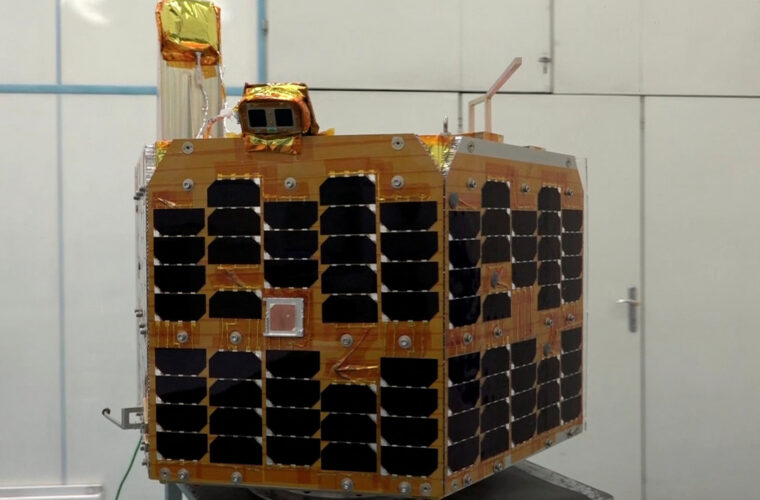Nanoparticles: The microscopic world of plastic contamination has brought about a new concern again. A recent study reveals that billions of nanometer-wide particles can be released from plastic containers into the food they hold, particularly when subjected to the heat of a microwave. This adds to the growing body of research on the impact of microplastics in our daily lives, raising questions about potential health consequences.
Microwaving plastic – Nanoparticles
A team of researchers from the University of Nebraska-Lincoln worked on a study to explore the dynamics of plastic particle release during microwave heating. The containers used for the experimentation were made from polypropylene and polyethylene, materials deemed safe by the US Food and Drug Administration (FDA). These materials are actually quite commonly used in the production of food containers and packaging.
During the experiments, various liquids were placed inside the plastic containers and subjected to three minutes of heating in a 1,000-watt microwave. Subsequent analysis targeted both microplastics, particles with a minimum diameter of 1/1,000th of a millimeter, and even smaller nanoplastics.

Surprising numbers
The results were staggering. The researchers discovered that a single square centimetre of plastic could release an estimated 4.22 million microplastic particles and a staggering 2.11 billion nanoplastic particles within the span of those three microwave minutes. This revelation hints at the potentially vast quantities of plastic particles that can infiltrate our food when subjected to such conditions.
Civil and environmental engineer Kazi Albab Hussain, part of the research team, emphasized the significance of understanding this phenomenon, saying:
“When we eat specific foods, we are generally informed or have an idea about their caloric content, sugar levels, (and) other nutrients. I believe it’s equally important that we are aware of the number of plastic particles present in our food.”
Interestingly, the study also highlighted that microwaving water or dairy products within polypropylene or polyethylene containers resulted in the highest concentrations of released plastic particles. While some particles were also emitted when food and beverages were refrigerated or kept at room temperature in these containers, the numbers were notably lower.
These microscopic plastic particles’ potential impact on human health remains a puzzle. This study builds upon previous research that has indicated the potential for microplastics to contaminate food and beverages, urging us to investigate their impact on human health and the environment.
Previous research has indicated possible harm to intestinal health and essential biological processes, but definitive conclusions have yet to be drawn. For example, researchers exposed embryonic kidney cells to levels of plastic particles akin to those released by the containers over several days. Cells exposed to the highest plastic concentrations exhibited a 77% mortality rate. While the immediate relevance to human kidneys is uncertain, this finding underscores the potential toxicity of microplastics and nanoplastics, particularly in developing bodies.

Toward a plastic-conscious future
Though the full extent of the health risks posed by ingested plastic particles obviously requires further comprehensive investigation, the study underscores the urgency of addressing this issue. Plastic has become an integral part of modern life, yet its unintended consequences demand our attention, and newer and newer impacts are revealed.
Hussain shared his hope for a future where plastics come with labels indicating their freedom from microplastics and nanoplastics.
“We need to find the polymers which release fewer [particles],” he urged.
In conclusion, there is a new layer of concern within our complex relationship with plastic. As the scientific community delves deeper into the potential hazards of plastic contamination, it becomes clear that understanding and minimizing plastic’s impact on our food and bodies is critical for our health and environment.



